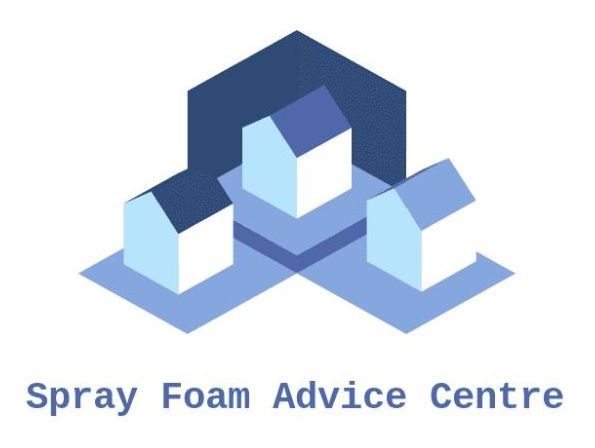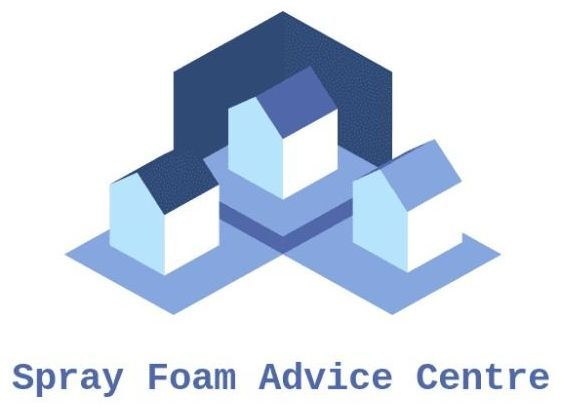Spray Foam Insulation Using Ventilation Cards

How to Correctly Install Spray Foam Insulation Using Ventilation Cards
Introduction
Spray foam insulation has become a popular choice for homeowners and builders alike due to its excellent thermal performance, air sealing capabilities, and moisture control. However, improper application can lead to various issues such as poor adhesion, air pockets, and compromised insulation effectiveness. One effective method to ensure proper installation is the use of ventilation cards, which help in managing airflow and ensuring that spray foam insulation is applied correctly. In this article, we will explore the step-by-step process for installing spray foam insulation using ventilation cards, ensuring optimal performance and compliance with standards.
Understanding Spray Foam Insulation
Spray foam insulation comes in two main types: open-cell and closed-cell. Open-cell foam is less dense and provides better sound absorption, while closed-cell foam offers higher R-values and serves as a vapor barrier. Selecting the appropriate type of foam for your specific application is crucial, and installation methods can slightly differ depending on the product used.
Preparation
Before beginning any insulation project, preparation is key. Here are the steps to take before applying spray foam insulation:
- Assessment of the Area:
- Inspect the area to be insulated for any existing insulation and check for moisture issues.
- Ensure that all surfaces are clean and dry, as contaminants can prevent the spray foam from adhering properly.
- Gather Required Materials:
- Spray Foam Insulation Kit: Choose either open-cell or closed-cell foam based on your project needs.
- Ventilation Cards: These cards are designed to direct airflow and allow for proper curing of the foam.
- Personal Protective Equipment (PPE): This includes gloves, goggles, and respiratory protection to guard against harmful fumes.
- Temperature and Weather Considerations:
- Ensure the ambient temperature is within the manufacturer's recommended range for application (generally between 60°F and 100°F).
- Avoid applying spray foam in high humidity or damp conditions, as this can affect adhesion and curing.
Installation Process with Ventilation Cards
Once you have prepared the workspace and gathered your materials, follow these steps for installing the spray foam insulation using ventilation cards:
- Determine the Installation Method:
- Depending on the space you are insulating (attic, walls, crawlspace), decide how you will install the insulation. For wall cavities, you will place ventilation cards in strategic locations to manage airflow.
- Position Ventilation Cards:
- Place the ventilation cards in the wall cavities or ceiling spaces where you plan to apply the spray foam. These cards should be placed in a way that allows for adequate airflow while also promoting the curing process of the foam.
- Ensure that the cards are flush against the framing to enable a proper seal when the foam expands.
- Apply Spray Foam Insulation:
- Following the manufacturer’s instructions, prepare the spray foam apparatus. Make sure the nozzle is clean and the materials are properly mixed.
- Begin spraying the foam into the area around the ventilation cards. Start at the furthest point and work your way back to ensure you don’t trap yourself in a corner.
- Spray foam should be applied in a consistent, even layer. Be mindful of applying too thick a layer in one pass, as this can lead to uneven curing.
- Monitor Expansion and Curing:
- Spray foam insulation expands significantly after application. Allow it to expand and fill the designated cavity, but keep an eye out for overexpansion, which can cause the foam to push against the ventilation cards.
- Follow the manufacturer’s guidelines regarding curing times. It’s crucial to let the foam cure adequately to achieve the desired insulation performance.
- Trim Excess Foam:
- Once the foam has fully cured (typically within 24 hours), use a straightedge knife to trim off any excess foam that may have expanded beyond the desired area. Be careful not to damage the ventilation cards during this process.
- Seal the Edges:
- After trimming the excess foam, inspect the edges of the installation. Any gaps should be sealed with a polyurethane sealant or additional spray foam to maintain an effective air seal and improve insulation performance.
- Final Inspection:
- Finally, conduct a thorough inspection of the work done. Ensure that the spray foam is well-adhered to the surfaces and that there are no air pockets or gaps within the insulation layer.
- If applicable, remove the ventilation cards to finalize the installation. If you are using them for ventilation purposes, ensure they are positioned to promote airflow without compromising insulation effectiveness.
Conclusion
Installing spray foam insulation using ventilation cards is an effective way to ensure proper application, leading to improved energy efficiency and comfort in your home. Proper preparation, careful placement of ventilation cards, and vigilant monitoring during installation are critical to achieving the best results. By following these guidelines, you can successfully apply spray foam insulation that will perform efficiently for years to come. Always remember to consult the Spray Foam Advice Centre if you are unsure.
by,
Adam John Gough












